I tested both a budget and premium dehumidifier to see if spending more is worth the investment
Can a budget dehumidifier outperform a premium dehumidifier on cost and performance? We test drive two top models to find out which comes out on top.
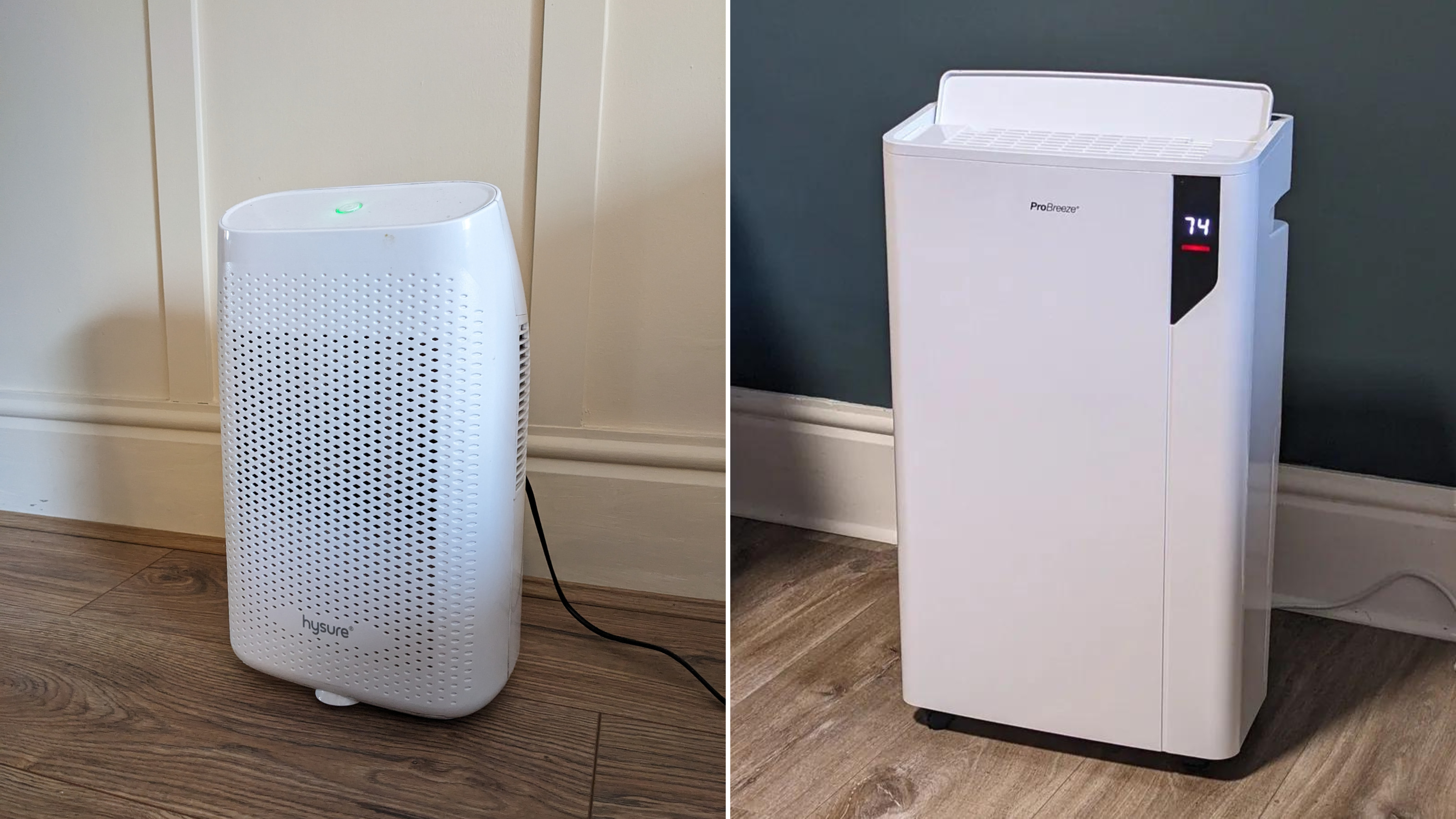
Dehumidifiers play a crucial role in maintaining a healthy and comfortable living environment, especially in homes grappling with damp and humidity issues. But if you're in the market for a new dehumidifier, selecting which one to buy can be a bit of a headache.
The choice between a budget dehumidifier versus a premium dehumidifier isn't exactly straightforward, as both options have their pros and cons. To help solve this dilemma, we put two popular dehumidifiers on both sides of the price scale to the test: The ProBreeze 20L Premium and The Hysure 700ml Automatic.
So, which one will come out on top in the battle against damp? Keep reading to find out how these two models compare in terms of price and performance.
Budget dehumidifier vs Premium dehumidifier
The ProBreeze 20L Dehumidifier is available to buy on Amazon this Black Friday for £219.99 (ordinarily £249.99), firmly placing it in the category of a 'premium' dehumidifier.
In contrast, the Hysure 700ml Automatic Dehumidifier is currently available to buy on Amazon for only £49.99. You can also purchase the same model of the Hysure in black on Amazon Prime or get a larger 2L Hysure on Amazon for a bit more money
On price tag alone, the budget Hysure model takes an early lead.
First impressions of both dehumidifiers
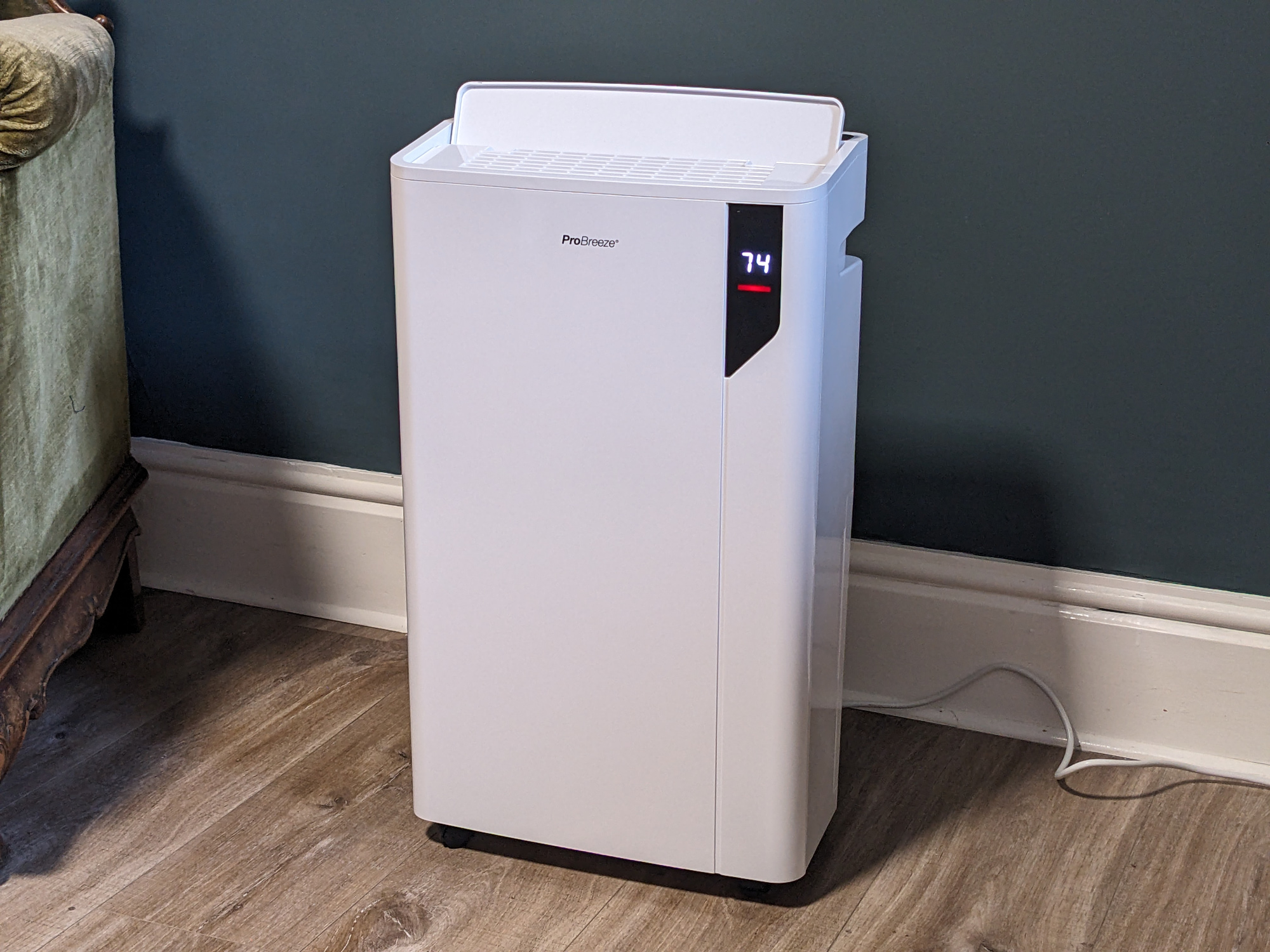
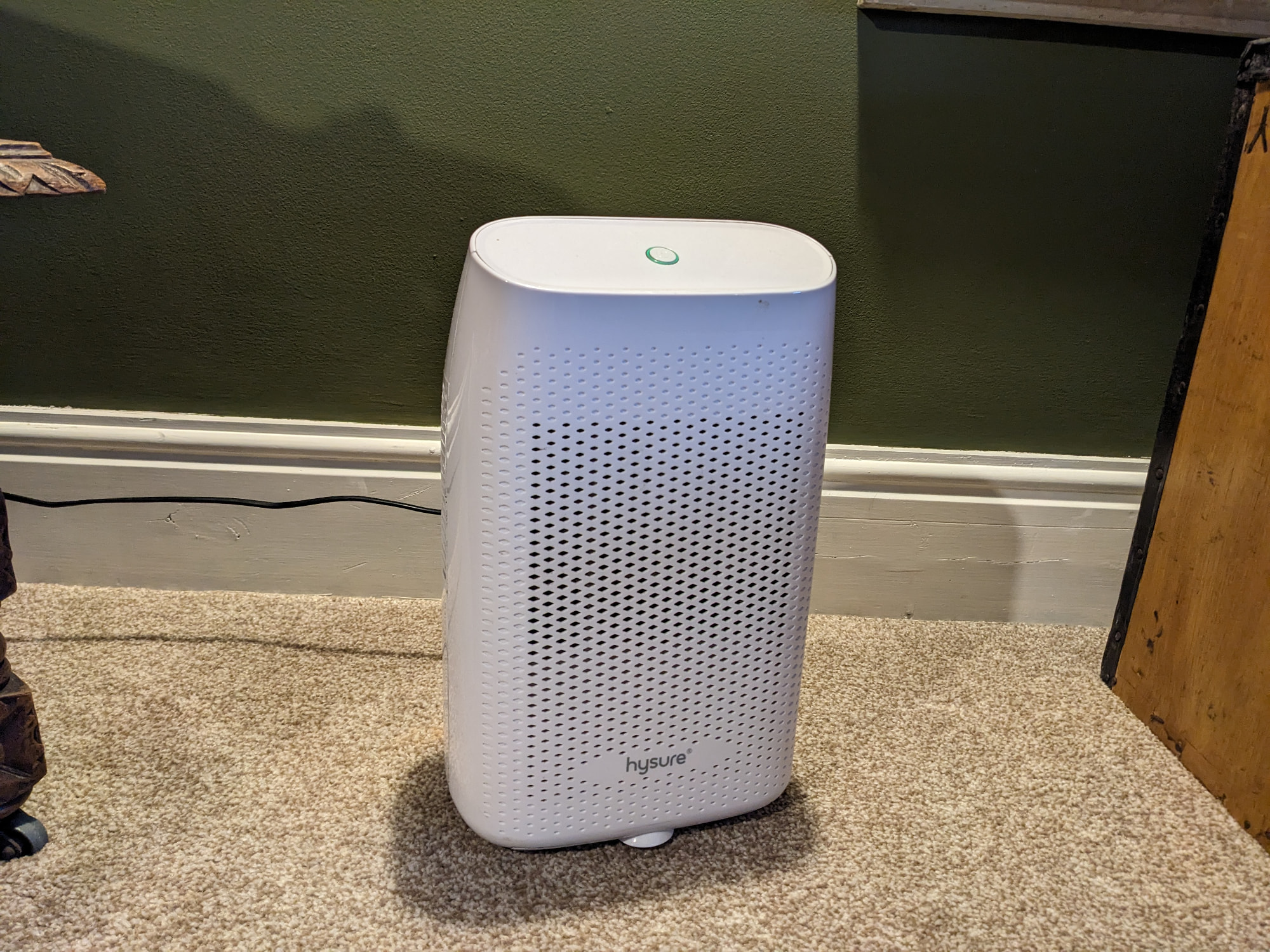
Once you get over the premium price tag, there's no doubting that The ProBreeze 20L Dehumidifier is an impressive piece of kit. It's large (350 x 200 x 608mm) but not too heavy, and setting it up is a breeze (no pun intended). Wheels at the bottom are also a nice touch – making it easy to move it from room to room when required.
By comparison, the Hysure 700ml Automatic Dehumidifier is small but promising (163 x 107 x 267mm). It’s super lightweight and the design is pretty sleek. What's more, even though it's small in size, it doesn’t feel flimsy or poorly made.
When it comes to first impressions, both dehumidifiers are evenly matched.
Specifications
The ProBreeze is a bit of a powerhouse, pulling 20L of moisture from the air each day. It's got a hefty 5.5L tank and various modes, including a special laundry mode for drying clothes when you can't hang them outside. Its large capacity makes it perfect for reducing humidity in your home.
The much smaller Hysure model extracts about 300ml of moisture a day with a 700ml tank. There are no special modes on this model, so it's better suited for modest damp issues, such as window condensation.
In terms of specs, the ProBreeze is a clear winner.
How well do they work?
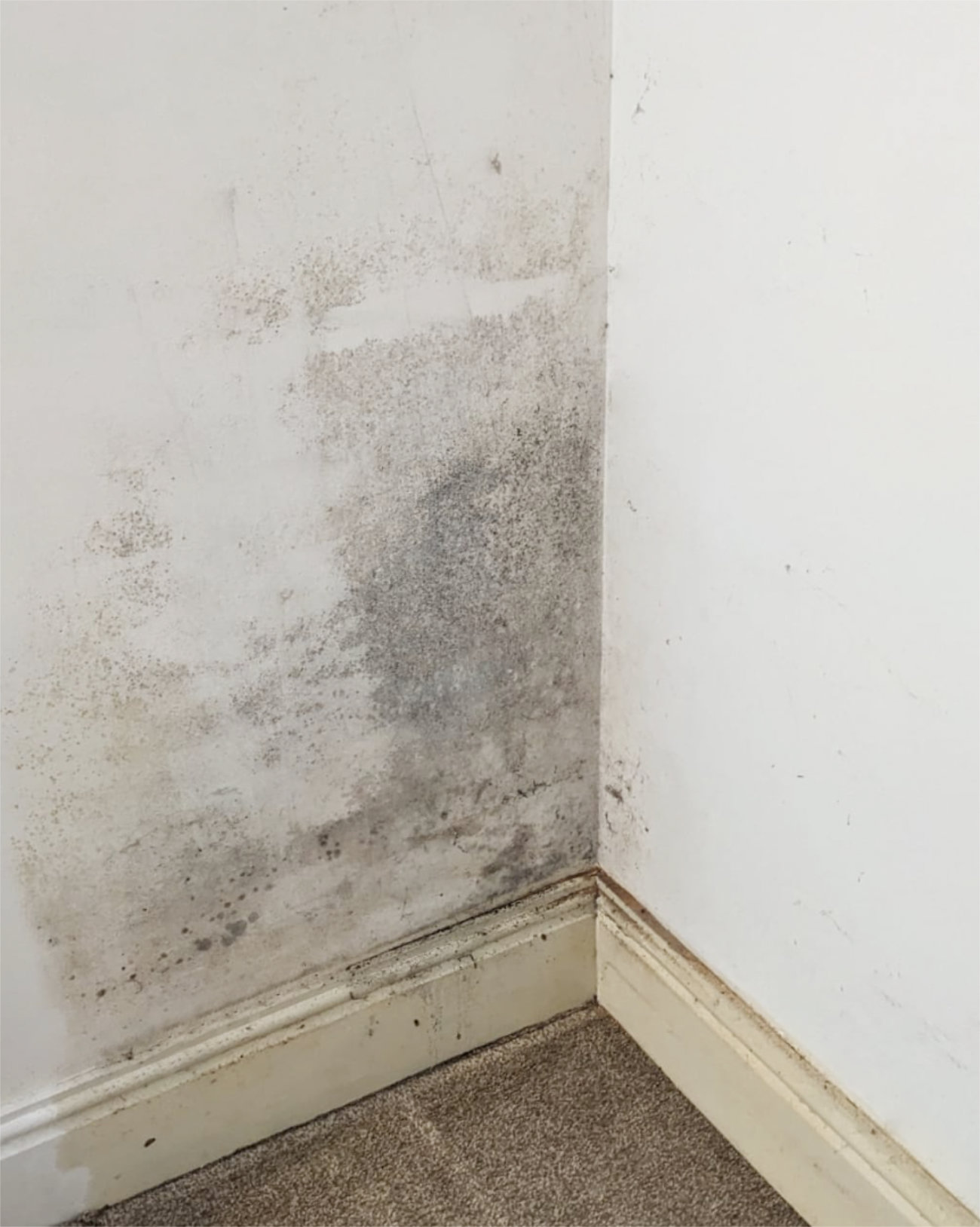
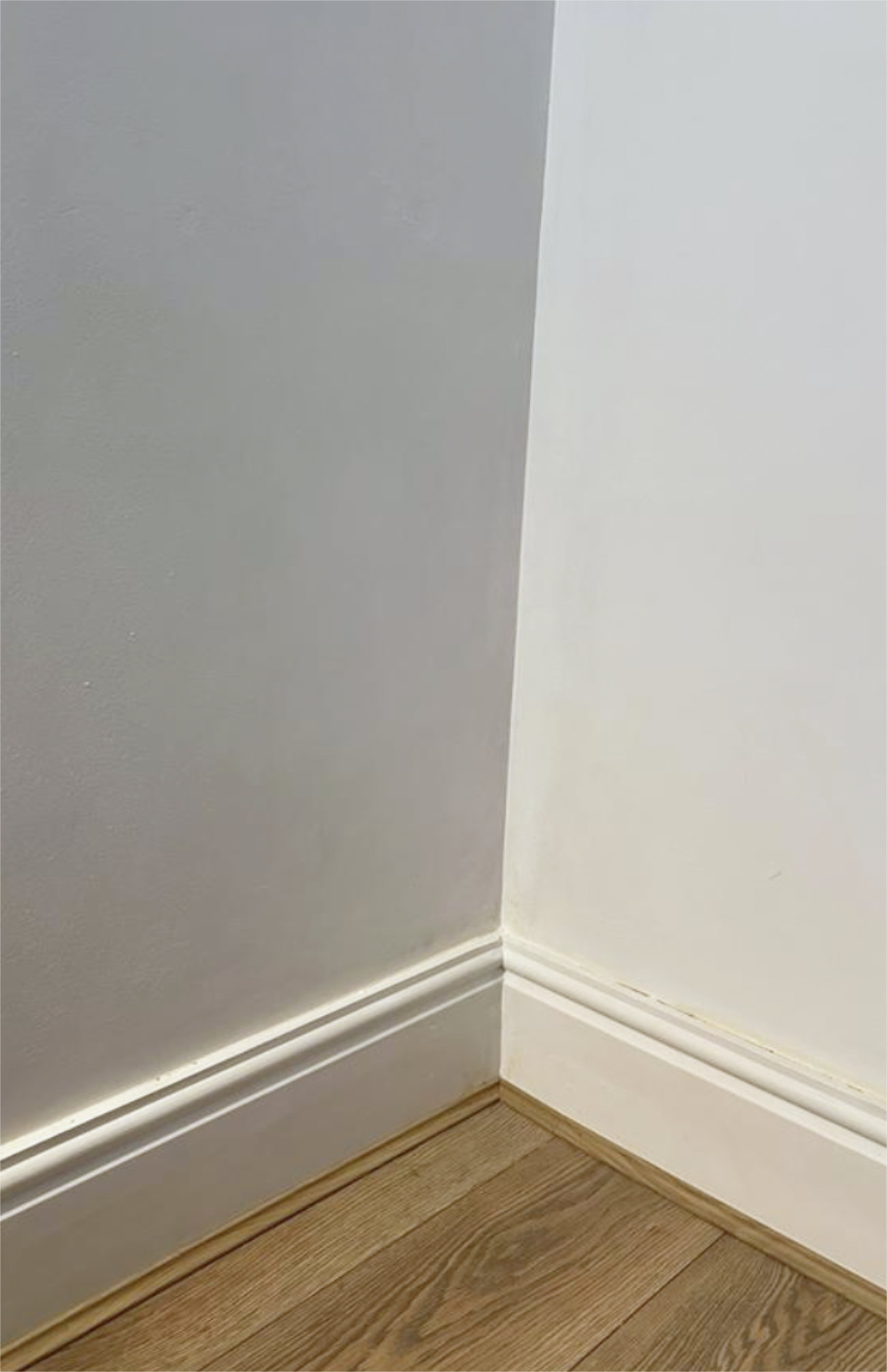
As someone who lives in a listed building, the ProBreeze was a game-changer. It was able to reduce the conditions in my home to normal humidity levels, making the air feel fresher. The noise of this model is noticeable, but it's a small price to pay for dryer walls and cleaner air.
The Hysure, while not as mighty, held its own in smaller rooms and had a positive impact on reducing the mould on my skirting boards. However, its relatively small capacity makes it ineffective in larger spaces.
In terms of performance, the premium dehumidifier wins again.
How much do they cost to run?
Dehumidifier running costs will vary depending on the size and spec of your model.
According to the website, the premium ProBreeze dehumidifier claims to cost just 14p per hour in operation costs. However, mine seemingly cost around 8p per hour, making it an extremely cost-effective model for its size and performance.
Similarly, the Hysure 700ml Automatic Electric Dehumidifier is fairly inexpensive to run, costing mere pennies each day.
When it comes to running costs, both dehumidifiers score highly.
Which dehumidifier is best?
The ProBreeze is ideal for more serious damp issues and is a valuable investment when you consider the long-term savings you would make as a household fighting high humidity and condensation.
The Hysure 700ml compact dehumidifier performs well for its size and the budget price. However, I don't feel that it made a significant impact on my mould or damp issues. It has also since broken, which may be due to my lack of dehumidifier maintenance and cleaning – or it might be a symptom of being the cheaper option. Either way, had I registered my warranty online, I would have been entitled to a replacement unit.
Based on the above comparisons, it's clear that the premium dehumidifier comes out on top overall. However, both models have their place depending on your budget.
Whether you opt for a budget model or a premium one, dehumidifiers are a great way to reduce condensation and mould in your home. However, to truly eradicate these issues, you need to address any underlying issues by treating damp at the source and ensuring you have proper home ventilation.
Get the Homebuilding & Renovating Newsletter
Bring your dream home to life with expert advice, how to guides and design inspiration. Sign up for our newsletter and get two free tickets to a Homebuilding & Renovating Show near you.

Gabriella is an interiors journalist and has a wealth of experience creating interiors and renovation content. She was Homebuilding & Renovating's former Assistant Editor as well as the former Head of Solved at sister brand Homes & Gardens, where she wrote and edited content addressing key renovation, DIY and interior questions.
She’s spent the past decade crafting copy for interiors publications, award-winning architects, and leading UK homeware brands. She also served as the Content Manager for the ethical homeware brand Nkuku.
Gabriella is a DIY enthusiast and a lover of all things interior design. She has a particular passion for historic buildings and listed properties, and she is currently in the process of renovating a Grade II-listed Victorian coach house in the West Country.
